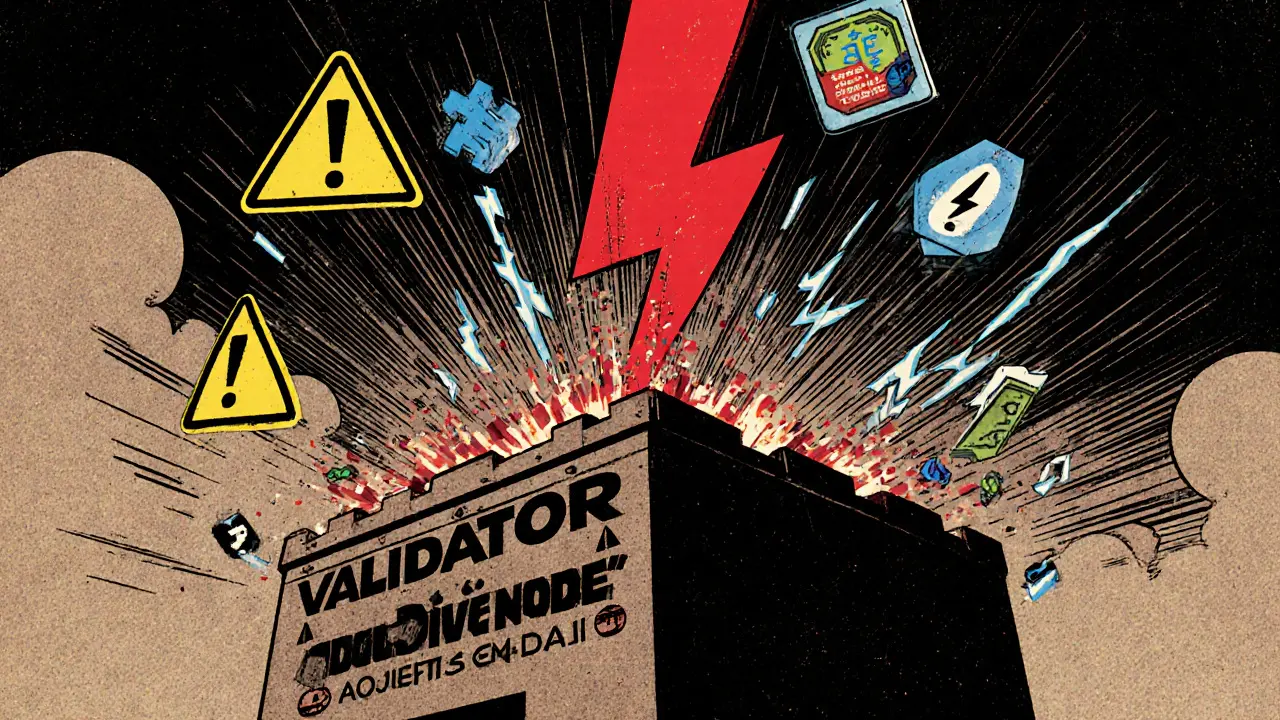PoS Blockchain: How Proof of Stake Powers Crypto Networks Today
When you hear PoS blockchain, a type of blockchain that validates transactions using staked cryptocurrency instead of energy-heavy mining. Also known as Proof of Stake, it's the backbone of today's most popular networks like Ethereum and Solana. Unlike old-school Proof of Work, where miners compete to solve math puzzles, PoS lets validators lock up their coins to help secure the network—and get rewarded for it. No giant data centers. No insane electricity bills. Just people holding crypto and helping keep things running.
This shift didn’t happen by accident. Ethereum moved to PoS in 2022 because it was faster, cheaper, and way more sustainable. Before that, Bitcoin and Ethereum relied on mining, which consumed more power than entire countries. Now, with PoS, a single transaction uses less energy than charging your phone. That’s why new blockchains almost always pick PoS over mining. It’s not just a tech upgrade—it’s a survival move. Validators are chosen based on how much they stake and how long they’ve held it. The more you lock up, the higher your chances of being selected to verify the next block. And if you try to cheat? You lose your stake. It’s a simple, powerful incentive system.
PoS also makes staking accessible. You don’t need a GPU farm or a warehouse full of cooling units. Just hold coins in a wallet that supports staking—like Coinbase, Kraken, or even a hardware wallet—and start earning rewards. Some chains even let you delegate your stake to a validator if you don’t want to run your own node. That’s why you see so many posts here about staking rewards, wallets like Coin98, and tokens tied to PoS networks like Ethereum. It’s not just theory—it’s something real people do every day to earn passive income.
But PoS isn’t perfect. Centralization risks exist if a few big players hold most of the stake. And while it’s more energy-efficient, it still depends on the security of the underlying token. If the price crashes, fewer people might want to stake, which could weaken the network. That’s why understanding how PoS works matters—not just for earning rewards, but for knowing which blockchains are truly secure.
Below, you’ll find real reviews, breakdowns, and analyses of projects built on PoS chains. From Ethereum staking rewards to tokens like AP3X and iUSD that run on PoS networks, these posts cut through the noise. You’ll see what’s working, what’s risky, and what’s just hype. No fluff. Just what you need to know.






